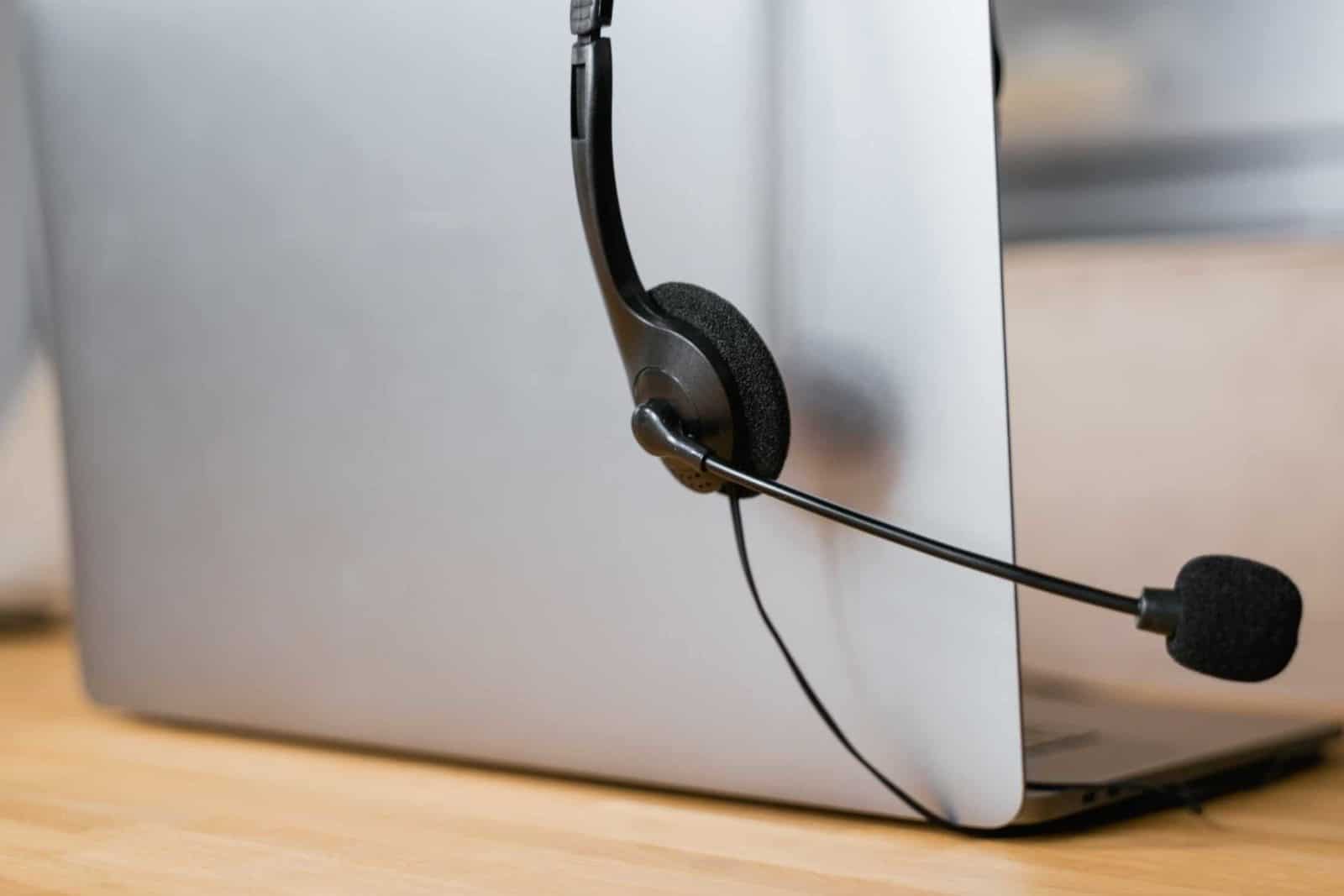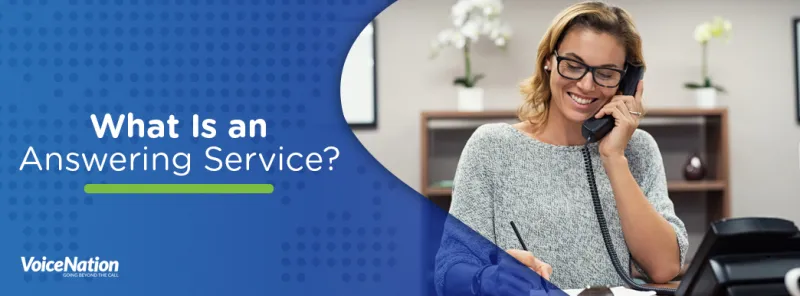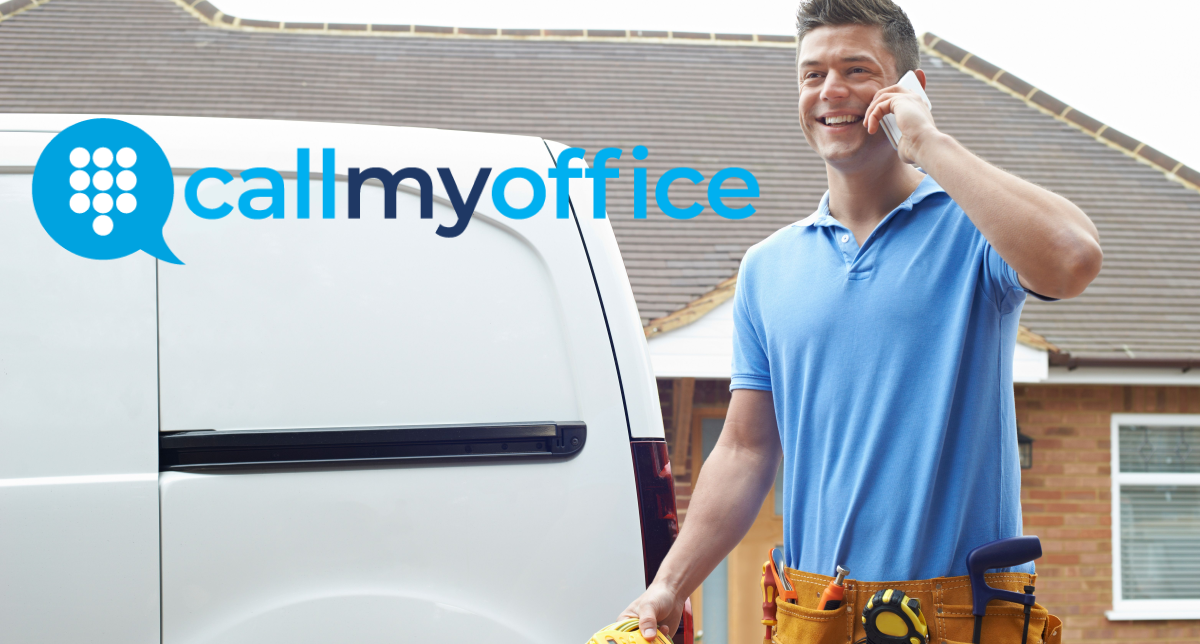All Categories
Featured
Table of Contents
- – Which Is The Best Phone Call Answering Service ...
- – What Is The Best Answering Service Faqs - Ques...
- – Who Is The Best Phone Answering Services - Usa...
- – What Is The Best What Is A Phone Answering Se...
- – Which Is Best Telephone Answering Service: Wh...
- – Which Is The Best How Does An Answering Serv...
Which Is The Best Phone Call Answering Service Service?
This gadget and its followers were developed by Sava Jacobson, an electrical engineer with a private consulting company. While early answering devices utilized magnetic tape innovation, many modern equipment utilizes strong state memory storage; some gadgets utilize a combination of both, with a solid-state circuit for the outgoing message and a cassette for the incoming messages.
"toll conserving" below) (call answering services). This is helpful if the owner is evaluating calls and does not want to consult with all callers. In any case after going, the calling celebration ought to be notified about the call having been responded to (for the most part this starts the charging), either by some remark of the operator, or by some welcoming message of the little, or addressed to non-human callers (e.
This holds especially for the Little bits with digitally stored greeting messages or for earlier devices (before the rise of microcassettes) with a special endless loop tape, separate from a 2nd cassette, dedicated to recording. There have actually been answer-only devices without any recording capabilities, where the welcoming message needed to inform callers of a state of present unattainability, or e (business call answering service).
What Is The Best Answering Service Faqs - Questions & Answers Out Today

about schedule hours. In tape-recording TADs the welcoming usually consists of an invitation to leave a message "after the beep". An answering maker that utilizes a microcassette to tape-record messages On a dual-cassette answerphone, there is an outbound cassette, which after the specified number of rings plays a pre-recorded message to the caller.

Single-cassette voice mail consist of the outbound message at the beginning of the tape and inbound messages on the remaining area. They initially play the announcement, then fast-forward to the next offered space for recording, then record the caller's message. If there are many previous messages, fast-forwarding through them can cause a substantial hold-up.
This beep is often referred to in the welcoming message, asking for that the caller leave a message "after the beep". Little bits with digital storage for the tape-recorded messages do not reveal this hold-up, of course. A TAD might use a remote control facility, where the answerphone owner can ring the home number and, by entering a code on the remote telephone's keypad, can listen to tape-recorded messages, or delete them, even when away from home.
Who Is The Best Phone Answering Services - Usa, Europe

Thus the maker increases the variety of rings after which it answers the call (usually by 2, resulting in four rings), if no unread messages are presently kept, however answers after the set number of rings (generally two) if there are unread messages. This enables the owner to discover out whether there are messages waiting; if there are none, the owner can hang up the phone on the, e.
Some makers likewise allow themselves to be remotely activated, if they have been switched off, by calling and letting the phone ring a particular a great deal of times (normally 10-15). Some company abandon calls currently after a smaller sized number of rings, making remote activation difficult. In the early days of TADs a special transmitter for DTMF tones (dual-tone multi-frequency signalling) was regionally required for push-button control, because the formerly employed pulse dialling is not apt to convey appropriate signalling along an active connection, and the dual-tone multi-frequency signalling was implemented stepwise.
Any inbound call is not recognizable with regard to these homes in advance of going "off hook" by the terminal equipment. So after going off hook the calls must be switched to proper devices and just the voice-type is immediately available to a human, but possibly, nevertheless need to be routed to a TAD (e.
What Is The Best What Is A Phone Answering Service? Out Today
What if I informed you that you do not have to actually select up your device when responding to a client call? Another person will. So practical, best? Addressing call does not require someone to be on the other end of the line. Effective automated phone systems can do the trick simply as effectively as a live representative and sometimes even much better.
An automatic answering service or interactive voice reaction system is a phone system that interacts with callers without a live individual on the line - business answering service. When business utilize this innovation, clients can get the answer to a concern about your business simply by using interactions set up on a pre-programmed call flow.
Although live operators update the customer support experience, many calls do not require human interaction. A simple taped message or directions on how a customer can obtain a piece of info generally fixes a caller's immediate need - business call answering service. Automated answering services are a simple and effective way to direct inbound calls to the right individual.
Which Is Best Telephone Answering Service: What It Is And Why It Isn't Enough Lg Or Whirlpool
Notification that when you call a business, either for assistance or item inquiry, the first thing you will hear is a pre-recorded voice greeting and a series of alternatives like press 1 for customer care, press 2 for questions, and so on. The pre-recorded alternatives branch off to other choices depending upon the consumer's choice.
The phone tree system assists direct callers to the right individual or department using the keypad on a mobile phone. In some instances, callers can utilize their voices. It deserves noting that auto-attendant options aren't limited to the ten numbers on a phone's keypad. When the caller has chosen their first option, you can create a multi-level auto-attendant that utilizes sub-menus to direct the caller to the best kind of help.
The caller does not need to communicate with a person if the auto-attendant phone system can handle their issue. The automatic service can route callers to a staff member if they reach a "dead end" and need assistance from a live representative. It is expensive to employ an operator or executive assistant.
Which Is The Best How Does An Answering Service Work? Service?
Automated answering services, on the other hand, are considerably cheaper and provide substantial expense savings at an average of $200-$420/month. Even if you do not have actually dedicated personnel to manage call routing and management, an automated answering service enhances productivity by allowing your team to concentrate on their strengths so they can more effectively invest their time on the phone.
A sales lead routed to client service is a lost shot. If a customer who has item concerns reaches the wrong department or receives insufficient answers from well-meaning employees who are less trained to deal with a specific type of question, it can be a cause of disappointment and discontentment. An automated answering system can decrease the variety of misrouted calls, therefore assisting your staff members make much better usage of their phone time while freeing up time in their calendar for other tasks.
With Automated Answering Systems, you can create a personalized experience for both your personnel and your callers. Make a recording of your primary greeting, and simply update it routinely to show what is going on in your organization. You can create as lots of departments or menu choices as you want.
Table of Contents
- – Which Is The Best Phone Call Answering Service ...
- – What Is The Best Answering Service Faqs - Ques...
- – Who Is The Best Phone Answering Services - Usa...
- – What Is The Best What Is A Phone Answering Se...
- – Which Is Best Telephone Answering Service: Wh...
- – Which Is The Best How Does An Answering Serv...
Latest Posts
Auto-attendant Answering Service Near Me – Australia
Innovative Automated Answering Service Near Me
Real Estate Answering Service Near Me – Wollongong 2500
More
Latest Posts
Auto-attendant Answering Service Near Me – Australia
Innovative Automated Answering Service Near Me
Real Estate Answering Service Near Me – Wollongong 2500